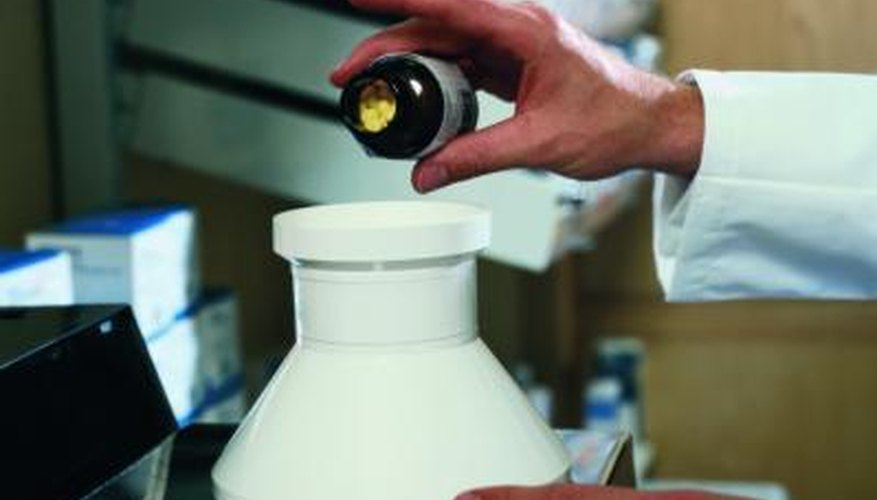Analytical chemists have at their disposal a valuable tool—spectroscopy—to identify and/or quantify an unknown substance. Spectroscopy employs the passing of light through a sample to aid in its identification. If the light used is in the visible region, it is called colorimetry. Historically, the technique involved passing light through a sample cell (cuvette) containing an unknown and comparing it to a reference standard. Modern hand-held devices have resulted in advantages to colorimetry over other methodologies.
Simplicity of Design
The colorimeter is a simple instrument and requires little maintenance. Many are portable and allow on-site testing. Some colorimeter tests don’t even require a cuvette, but a colour strip is used, instead. The “standard” is sometimes a mere colour wheel or a document displaying shades of colour and intensity. An example of the simplest form of colorimetry is the use of litmus paper to determine acidity or basicity.
- The colorimeter is a simple instrument and requires little maintenance.
- Some colorimeter tests don’t even require a cuvette, but a colour strip is used, instead.
Material Costs
The quantity of material used is generally very small, but if the material is costly it is frequently possible to use dilutions in a solvent such as water. Hand-held colorimeters vary in price depending upon the purpose and quality, but many very acceptable colorimeters run well under a thousand dollars. If a unit cell is utilised through which light is passed, it is generally simple, little in size, and low in cost. Some colorimeters used in non-critical applications don’t require the use of a standard for comparison at all.
- The quantity of material used is generally very small, but if the material is costly it is frequently possible to use dilutions in a solvent such as water.
Time Consumed
Sample testing in the laboratory can take minutes to hours for sample preparation testing to be run, but colorimetry using hand-held devices can take minutes or even seconds to run. In such instances, colorimetry offers obvious advantages. Time consumed in running the test is less, but even more significantly in many instances, transport time to the laboratory is avoided, and with it the cost of the transport. In addition, fewer employees may be necessary to accomplish the workload.
- Sample testing in the laboratory can take minutes to hours for sample preparation testing to be run, but colorimetry using hand-held devices can take minutes or even seconds to run.
- In addition, fewer employees may be necessary to accomplish the workload.
Learning Curve
The hand-held colorimeter is the epitome of simplicity of application plus ease of use. Even an untrained individual can catch on its operation very rapidly. Few steps are involved. There may be a setting for temperature and a "zeroing" knob. These features are nearly self-explanatory. True—the sample must be taken—dilution may be necessary to bring unknown concentration to within test limits. Perhaps even a packet of chemical must be added to the sample. However, proper sampling and testing can take mere minutes, and the learning curve is short. Clearly, the colorimeter affords advantages in use, whether in the laboratory or in the field.
- The hand-held colorimeter is the epitome of simplicity of application plus ease of use.
- True—the sample must be taken—dilution may be necessary to bring unknown concentration to within test limits.
